Home>Furniture & Design>Interior Design Trends>When Were Glass Bottles Invented
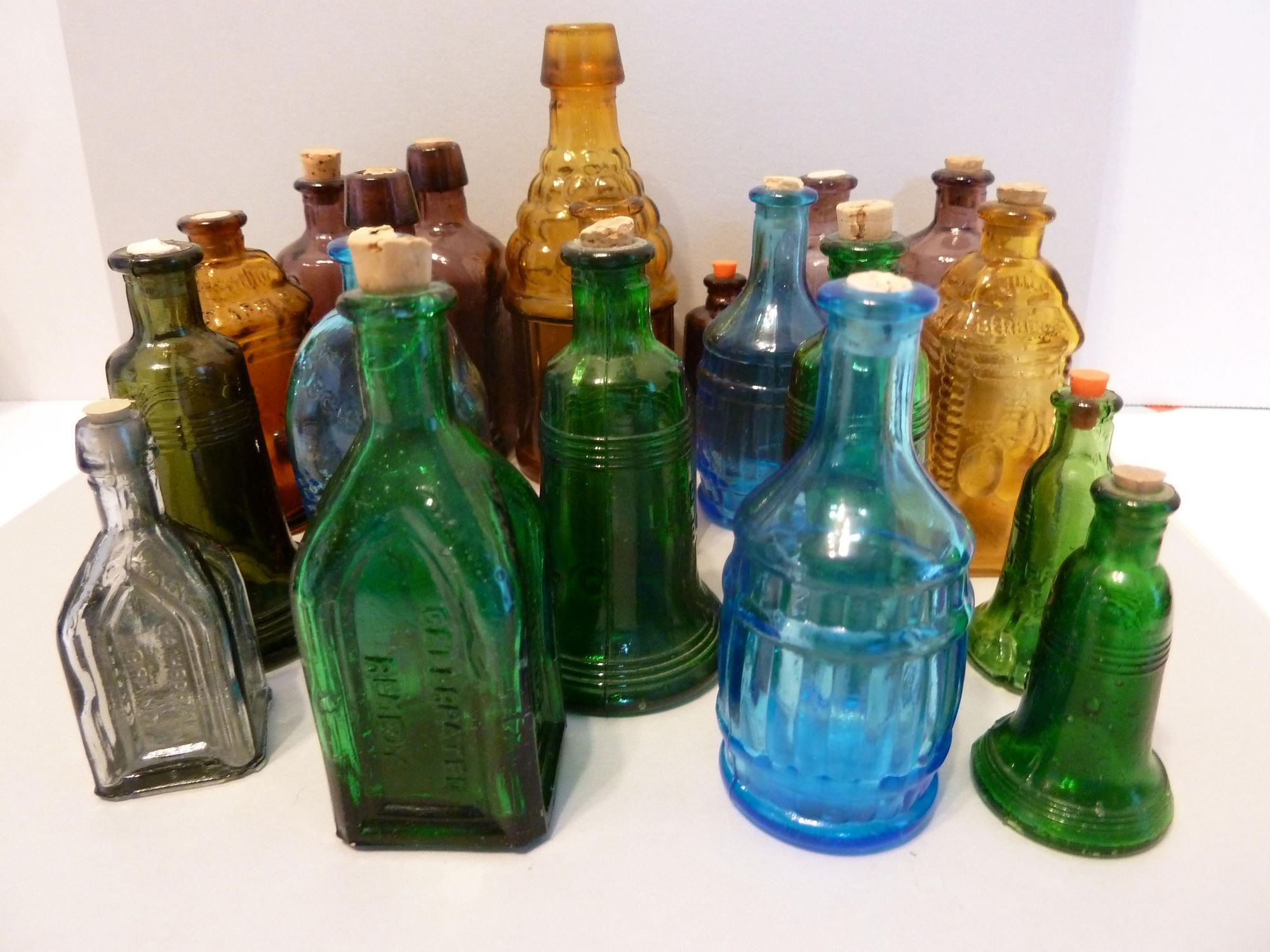

Interior Design Trends
When Were Glass Bottles Invented
Modified: February 18, 2024
Discover the history of glass bottles and their impact on interior design trends. Learn when glass bottles were first invented and how they have influenced interior decor. Explore the evolution of glass bottles and their role in shaping design trends.
(Many of the links in this article redirect to a specific reviewed product. Your purchase of these products through affiliate links helps to generate commission for Storables.com, at no extra cost. Learn more)
Introduction
Glass bottles have been an integral part of human civilization for centuries, serving as vessels for storing and transporting liquids, medicines, and other substances. The evolution of glass bottles has mirrored the progress of human ingenuity and craftsmanship, making them not only functional but also objects of beauty and cultural significance. From ancient times to the modern era, the history of glass bottles is a testament to the enduring appeal and utility of this timeless invention.
The story of glass bottles is a fascinating journey through time, encompassing the artistry of ancient glassblowers, the industrial revolution's impact on mass production, and the enduring allure of glass as a sustainable and versatile material. Understanding the origins and evolution of glass bottles provides valuable insights into the intersection of technology, design, and human needs.
Throughout history, glass bottles have been cherished for their ability to preserve and protect their contents, whether it be precious oils, perfumes, or potent elixirs. The craftsmanship and artistry involved in creating these vessels reflect the cultural and aesthetic values of the societies that produced them. As we delve into the early history of glass and the invention of glass bottles, we gain a deeper appreciation for the craftsmanship and innovation that have shaped the world of design and manufacturing.
The evolution of glass bottles has been marked by ingenuity and creativity, as artisans and designers continually pushed the boundaries of what was possible with this versatile material. From the earliest hand-blown vessels to the intricately designed bottles of today, the journey of glass bottles is a testament to human creativity and the enduring appeal of a timeless invention.
As we explore the modern uses of glass bottles, we will discover how they continue to play a vital role in various industries, from beverage packaging to pharmaceuticals and beyond. The enduring popularity of glass bottles in the contemporary world speaks to their timeless appeal and the unique qualities that set them apart from other packaging materials.
In the following sections, we will delve into the early history of glass, the invention of glass bottles, the evolution of their design, and their modern uses, providing a comprehensive overview of this enduring and versatile invention.
Key Takeaways:
- Glass bottles have been around for thousands of years, starting from ancient civilizations. They have evolved in design and continue to be used for beverages, pharmaceuticals, and as sustainable packaging.
- The journey of glass bottles reflects human creativity and innovation. From ancient glassmaking to modern uses, they remain timeless, elegant, and eco-friendly, preserving and enhancing our daily experiences.
Read more: When Were Wine Glasses Invented?
Early History of Glass
The early history of glass is a captivating journey that predates the invention of glass bottles by millennia. The origins of glass can be traced back to ancient civilizations, where the remarkable properties of this translucent material were discovered and harnessed for various purposes. The exact moment of its discovery remains shrouded in the mists of time, but the earliest evidence of man-made glass dates back to around 3500 BCE in Mesopotamia and Egypt.
The ancient Mesopotamians and Egyptians were among the first to experiment with the production of glass, using a combination of silica, soda ash, and lime to create rudimentary glass objects. These early artisans crafted small beads and ornaments from glass, laying the foundation for the future development of this versatile material.
The art of glassmaking spread throughout the ancient world, with the Phoenicians, Greeks, and Romans making significant contributions to its refinement and expansion. The Romans, in particular, elevated glassmaking to new heights, developing advanced techniques for blowing glass and creating intricate vessels that showcased the material's inherent beauty.
During the first century CE, the invention of glassblowing revolutionized the production of glass vessels, paving the way for the eventual creation of glass bottles. This groundbreaking technique allowed artisans to shape molten glass into a wide array of forms, leading to the proliferation of glassware in everyday life.
The early history of glass is also intertwined with the development of trade routes and the exchange of knowledge and techniques across cultures. The Islamic Golden Age saw further advancements in glassmaking, with the production of exquisite glassware reaching new levels of sophistication and artistry.
By the Middle Ages, the art of glassmaking had spread across Europe, with Venice emerging as a renowned center for glass production. The Venetians honed their craft, perfecting the art of creating delicate and ornate glass objects that captivated the imagination of the world.
The early history of glass laid the groundwork for the eventual invention of glass bottles, as artisans and innovators continued to explore the possibilities of this remarkable material. The journey from ancient glassmaking to the creation of glass bottles is a testament to human ingenuity and the enduring allure of a substance that has fascinated and inspired generations across the ages.
Invention of Glass Bottles
The invention of glass bottles represents a pivotal moment in the history of glassmaking and packaging. While the exact date of their inception remains elusive, the emergence of glass bottles can be traced back to the ancient civilizations that first mastered the art of glass production. The transition from crafting small glass ornaments to the creation of functional vessels marked a significant leap forward in the utility and versatility of glass.
One of the key milestones in the development of glass bottles was the advent of glassblowing in the first century CE. This innovative technique revolutionized the production of glassware, enabling artisans to fashion molten glass into a myriad of shapes and sizes. The newfound ability to create hollow glass vessels with precision and efficiency laid the groundwork for the eventual birth of glass bottles.
The earliest glass bottles were predominantly hand-blown, a labor-intensive process that required exceptional skill and artistry. These early vessels served a variety of purposes, from storing precious oils and perfumes to holding medicinal concoctions. The inherent properties of glass, including its impermeability and inertness, made it an ideal material for preserving and protecting valuable substances.
As the art of glassmaking continued to evolve, so did the design and functionality of glass bottles. The Romans, renowned for their mastery of glassblowing, produced an array of exquisite glass vessels, including amphorae, vials, and jars, laying the foundation for the diverse range of glass bottles that would emerge in the centuries to come.
The Middle Ages witnessed further advancements in glass production, with the proliferation of glass workshops across Europe. The development of new techniques and tools facilitated the mass production of glass bottles, making them more accessible to a wider audience. The widespread use of glass bottles for storing liquids, medicines, and alchemical concoctions underscored their indispensable role in daily life.
The invention of glass bottles represents a convergence of artistry, functionality, and technological innovation. From the humble beginnings of ancient glassmaking to the sophisticated production methods of the medieval era, the journey of glass bottles reflects the enduring appeal and utility of this timeless invention. The evolution of glass bottles continues to inspire designers and manufacturers, shaping the way we store and transport liquids in the modern world.
Glass bottles were first invented by the ancient Egyptians around 1500 BCE. They were used to store and transport liquids like water, wine, and perfume.
Evolution of Glass Bottle Design
The evolution of glass bottle design is a captivating narrative that unfolds across centuries, reflecting the intersection of artistry, functionality, and technological innovation. From the rudimentary vessels of ancient civilizations to the intricately designed bottles of the modern era, the evolution of glass bottle design mirrors the changing needs and aesthetic sensibilities of society.
In the ancient world, glass bottles were predominantly hand-blown, resulting in a diverse array of shapes and sizes. The craftsmanship of artisans gave rise to a myriad of designs, from delicate perfume bottles to robust storage vessels. The inherent translucency of glass allowed for the creation of visually stunning bottles, often adorned with intricate patterns and embellishments that showcased the artistry of the glassblower.
The medieval period witnessed a proliferation of glass workshops across Europe, leading to advancements in production techniques and the standardization of bottle design. The emergence of specialized glassblowing tools enabled artisans to create bottles with greater precision and uniformity, catering to the growing demand for functional and aesthetically pleasing vessels.
The Renaissance era brought about a renaissance in glass bottle design, with a renewed emphasis on elegance and refinement. The Venetian glassblowers, in particular, elevated bottle design to an art form, producing exquisite vessels adorned with elaborate decorations and vibrant colors. These ornate bottles became coveted objects, prized for their beauty and craftsmanship.
The industrial revolution marked a turning point in glass bottle design, as mass production techniques revolutionized the manufacturing process. The introduction of mold-blown glass bottles allowed for the creation of standardized designs on a large scale, making them more accessible to a wider audience. This era saw the rise of iconic bottle shapes that endure to this day, such as the classic soda bottle and the ubiquitous milk bottle.
In the modern era, glass bottle design has embraced innovation and sustainability, with a focus on creating eco-friendly packaging solutions. Designers are exploring new shapes, materials, and production methods to reduce environmental impact while maintaining the functionality and allure of glass bottles. The evolution of glass bottle design continues to be shaped by a commitment to both aesthetics and sustainability, ensuring that these timeless vessels remain relevant in a rapidly changing world.
The evolution of glass bottle design is a testament to the enduring appeal and adaptability of this timeless invention, reflecting the ingenuity and creativity of generations of artisans and designers. As we look to the future, the evolution of glass bottle design will undoubtedly continue, driven by a desire to marry form and function in ways that captivate the imagination and meet the evolving needs of society.
Modern Uses of Glass Bottles
In the modern era, glass bottles continue to play a pivotal role across a diverse spectrum of industries, showcasing their enduring relevance and versatility. From the preservation of premium beverages to sustainable packaging solutions, glass bottles have carved a niche for themselves in the contemporary world.
One of the prominent modern uses of glass bottles is in the beverage industry, where they are favored for their ability to preserve the flavor and quality of various drinks. Whether it's the effervescence of craft beers, the rich aroma of fine wines, or the purity of natural spring water, glass bottles are the preferred choice for discerning consumers and producers alike. The impermeable nature of glass ensures that the contents remain untainted, preserving the integrity of the beverages and enhancing the overall drinking experience.
Moreover, glass bottles have found widespread application in the realm of health and wellness, particularly in the pharmaceutical and cosmetic sectors. The inert properties of glass make it an ideal material for storing medications, essential oils, and skincare products, safeguarding their potency and purity. The transparency of glass also allows consumers to visually inspect the contents, instilling confidence in the quality and authenticity of the products.
In addition to their functional attributes, glass bottles have become emblematic of sustainability and eco-consciousness in the packaging industry. With growing concerns about environmental impact, glass bottles are lauded for their recyclability and minimal ecological footprint. The ability to reuse and recycle glass bottles aligns with the global push towards reducing single-use plastics and embracing more sustainable packaging solutions, making them a preferred choice for environmentally conscious consumers and businesses.
Furthermore, the aesthetic appeal of glass bottles has not diminished in the modern age. Their timeless elegance and ability to showcase the color and clarity of their contents make them a favored choice for premium and artisanal products. Whether it's a sleek perfume bottle on a vanity or a beautifully designed olive oil vessel in a gourmet kitchen, glass bottles continue to captivate with their visual allure and tactile appeal.
The modern uses of glass bottles underscore their enduring relevance and adaptability in a rapidly evolving world. As industries continue to prioritize sustainability, quality, and consumer experience, glass bottles stand as a testament to the enduring appeal of a timeless invention that seamlessly integrates functionality, aesthetics, and environmental responsibility.
Read more: When Were Glass Mirrors Invented
Conclusion
The journey of glass bottles from their ancient origins to their modern-day applications is a testament to the enduring appeal and versatility of this timeless invention. The early history of glass, dating back to ancient civilizations, laid the groundwork for the eventual emergence of glass bottles, reflecting the ingenuity and artistry of early glassmakers. The invention of glass bottles marked a pivotal moment in the evolution of glassware, providing a means to store and transport liquids, medicines, and other valuable substances with unparalleled efficacy.
The evolution of glass bottle design has been a captivating narrative, reflecting the changing needs and aesthetic sensibilities of society. From the delicate hand-blown vessels of antiquity to the standardized designs of the industrial revolution, glass bottles have continually adapted to meet the demands of their time. The enduring allure of glass bottles lies not only in their functionality but also in their ability to captivate with their visual appeal and tactile elegance.
In the modern era, glass bottles continue to thrive across diverse industries, from beverages to pharmaceuticals, embodying sustainability, quality, and consumer experience. Their role in preserving the integrity of premium beverages, safeguarding pharmaceutical products, and championing eco-conscious packaging solutions underscores their enduring relevance and adaptability in a rapidly evolving world.
As we look to the future, the evolution of glass bottles will undoubtedly continue, driven by a commitment to innovation, sustainability, and the seamless integration of form and function. The timeless elegance and inherent eco-friendliness of glass bottles position them as a symbol of enduring craftsmanship and responsible consumption, ensuring that they will remain indispensable in a world that values both tradition and progress.
The story of glass bottles is a testament to the enduring legacy of an invention that has transcended time and continues to inspire and enrich our lives. From the ancient workshops of Mesopotamia to the cutting-edge facilities of the 21st century, the journey of glass bottles is a celebration of human creativity, resilience, and the enduring beauty of a material that has stood the test of time.
Frequently Asked Questions about When Were Glass Bottles Invented
Was this page helpful?
At Storables.com, we guarantee accurate and reliable information. Our content, validated by Expert Board Contributors, is crafted following stringent Editorial Policies. We're committed to providing you with well-researched, expert-backed insights for all your informational needs.

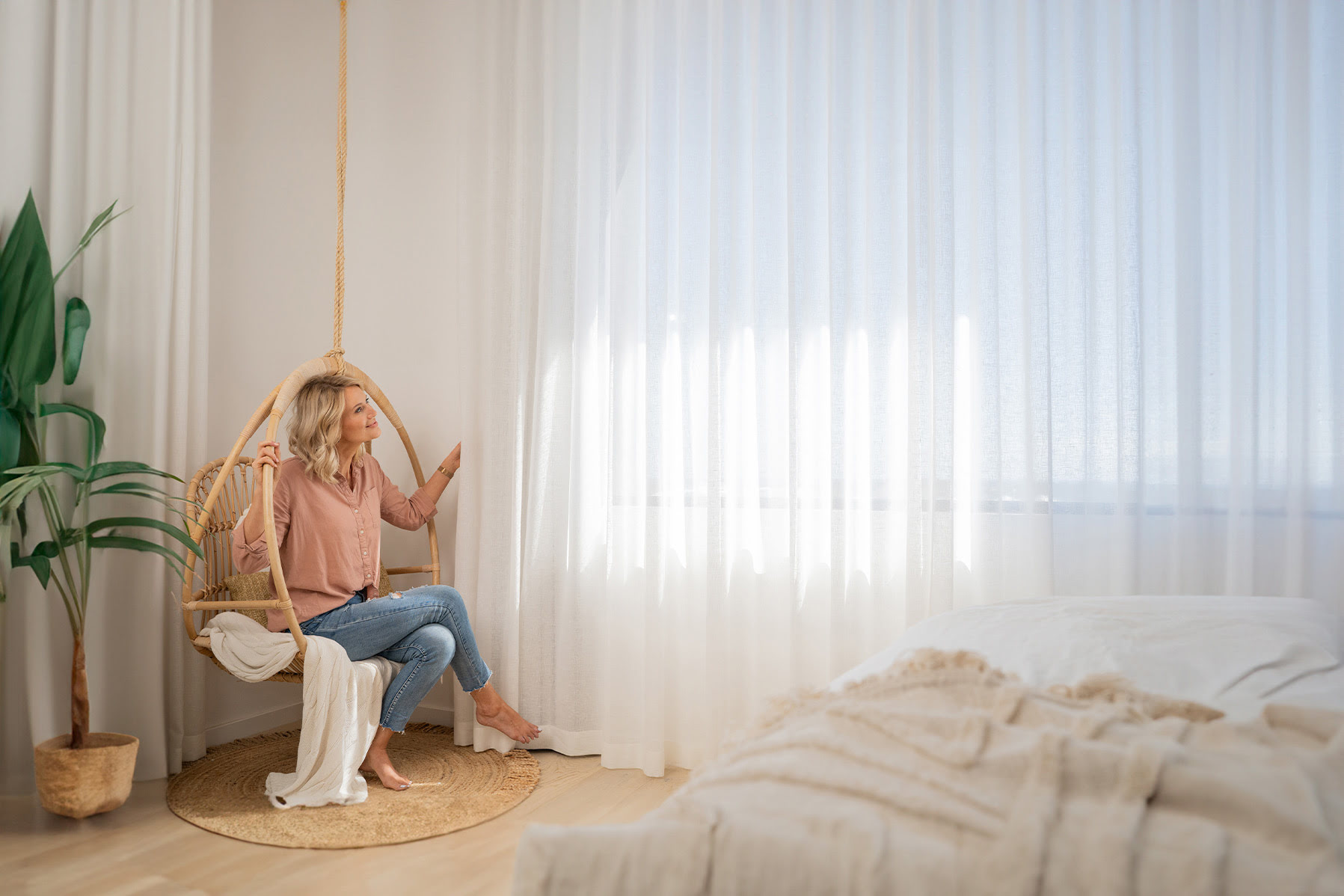
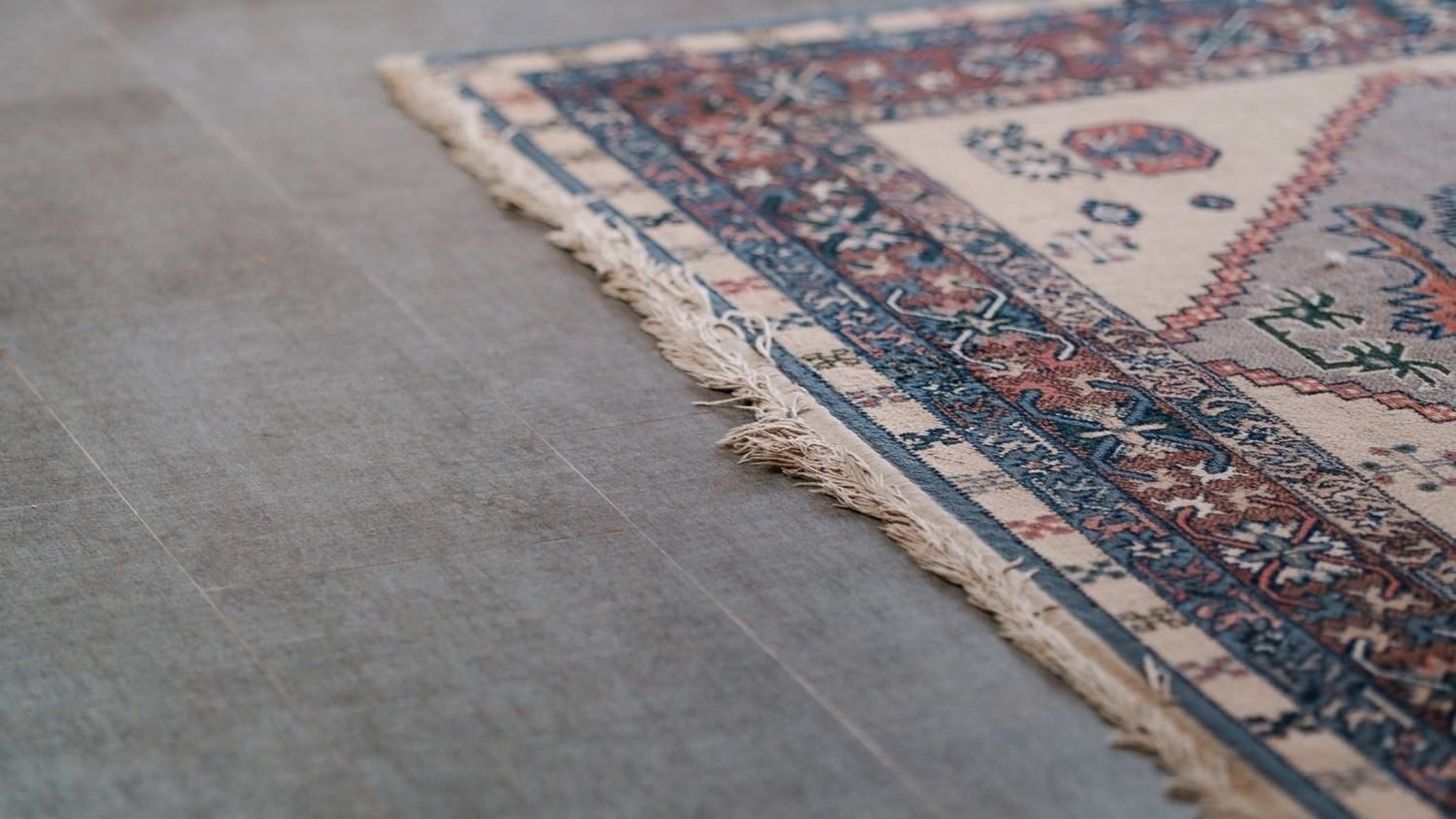
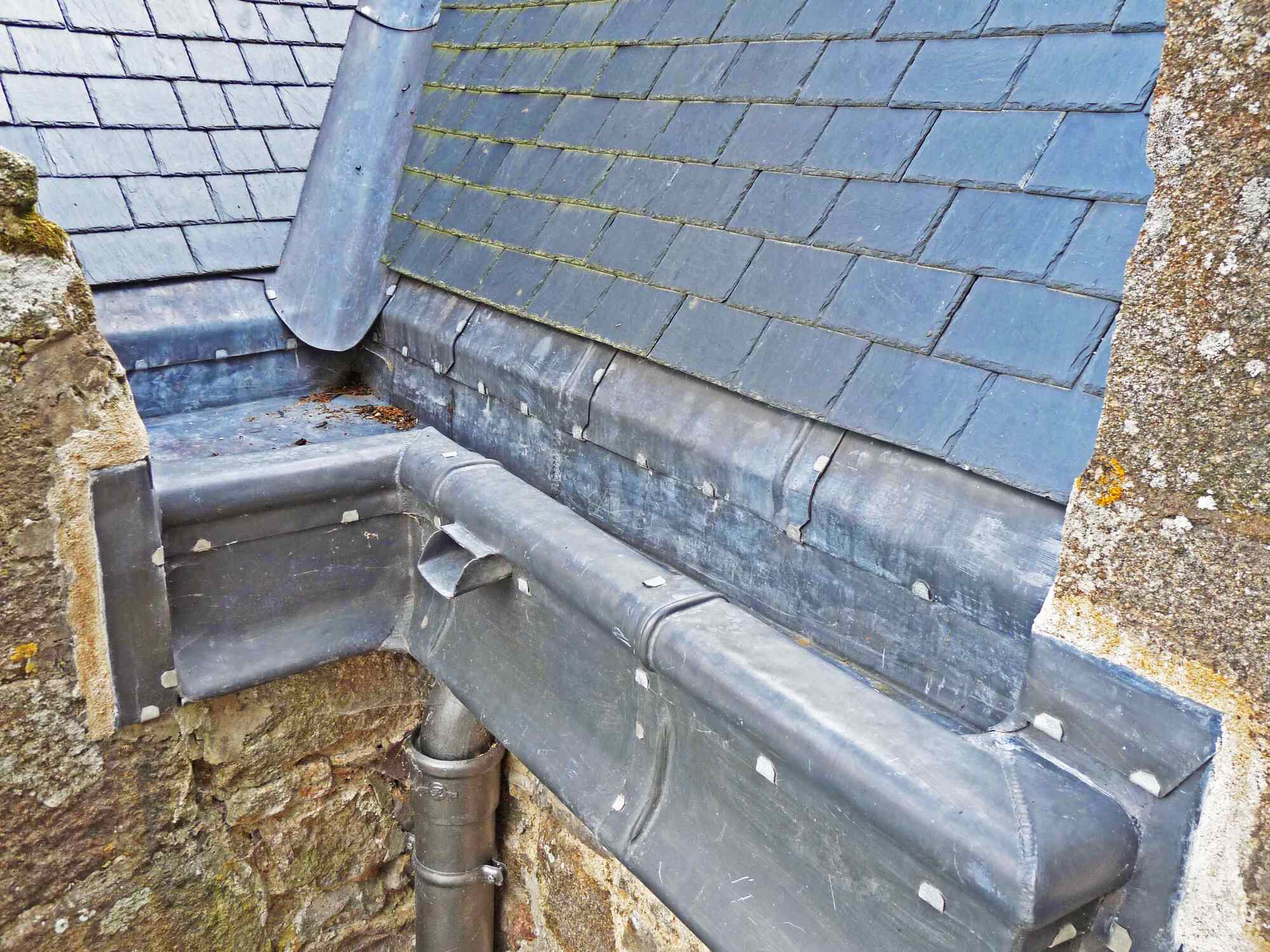
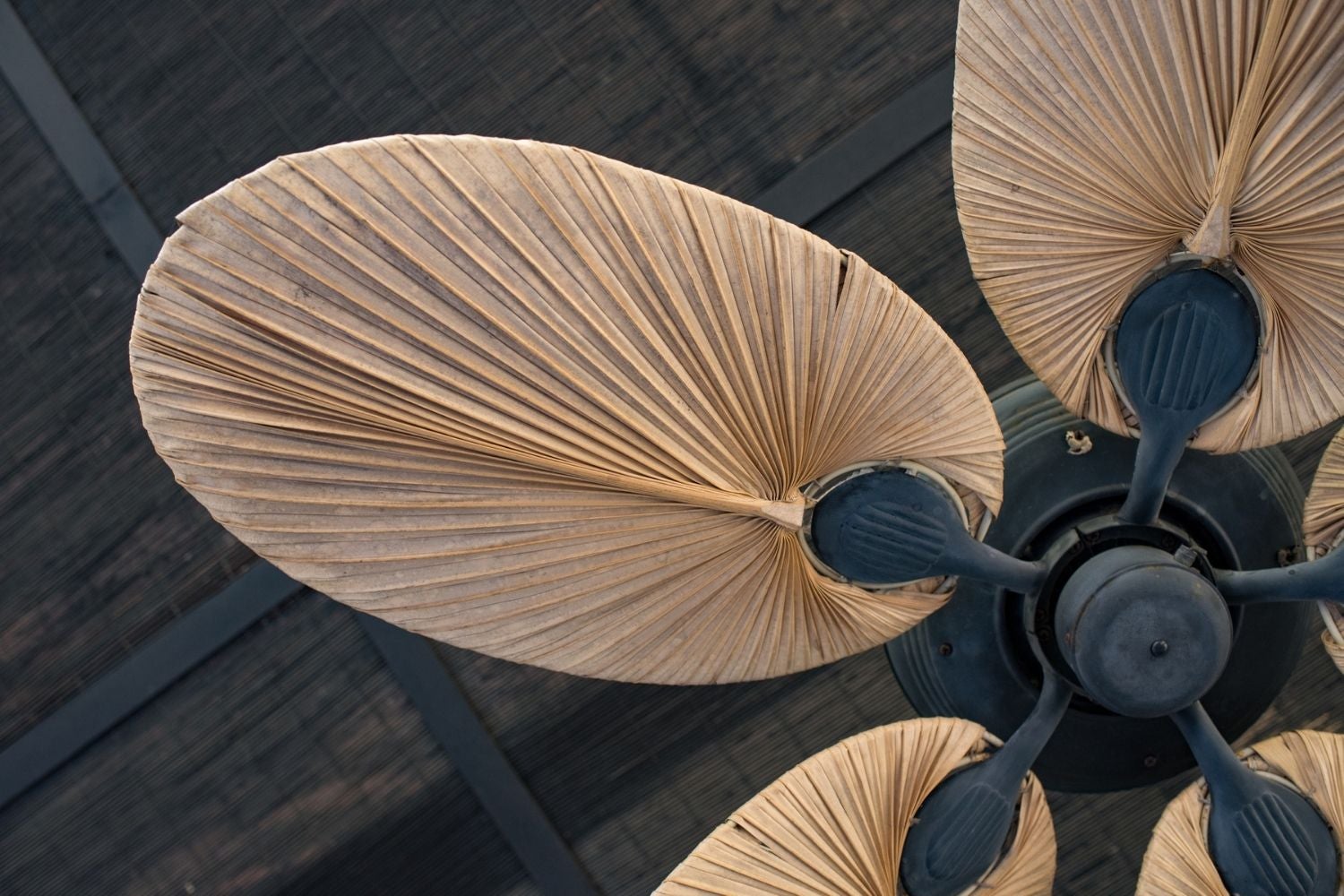

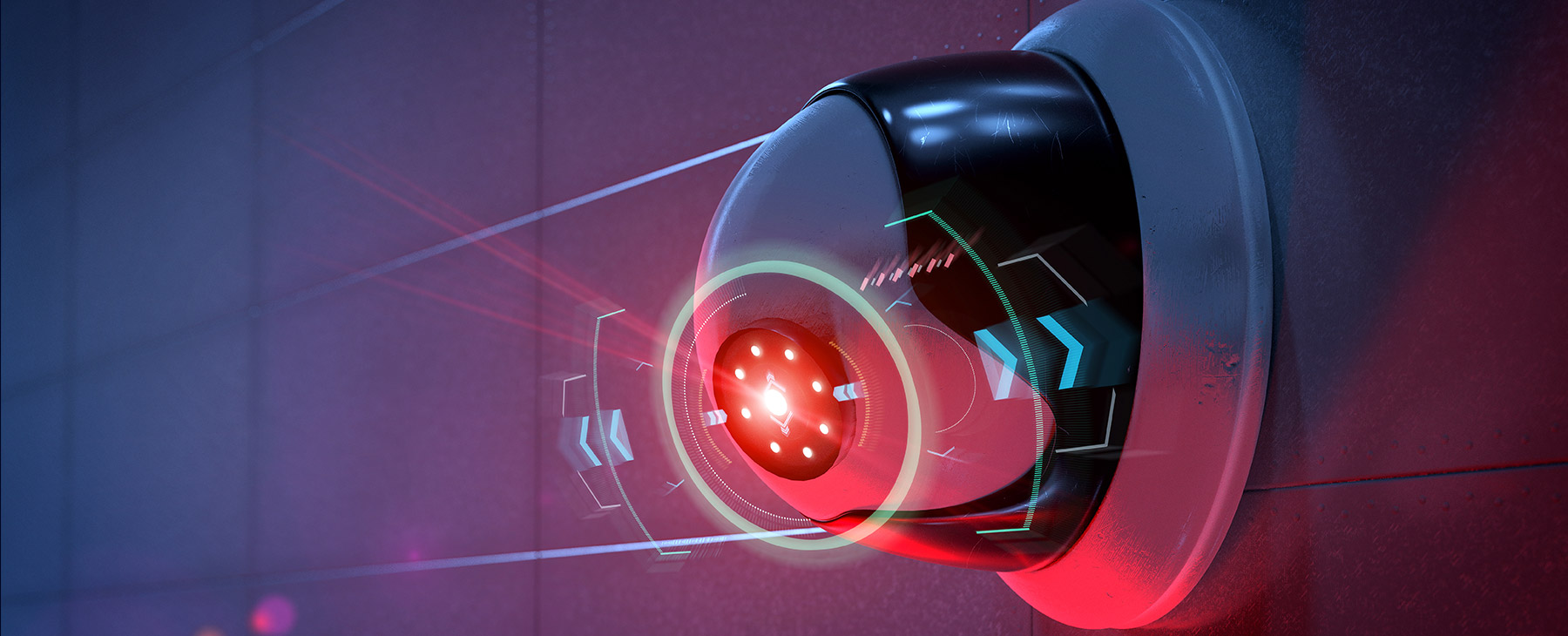
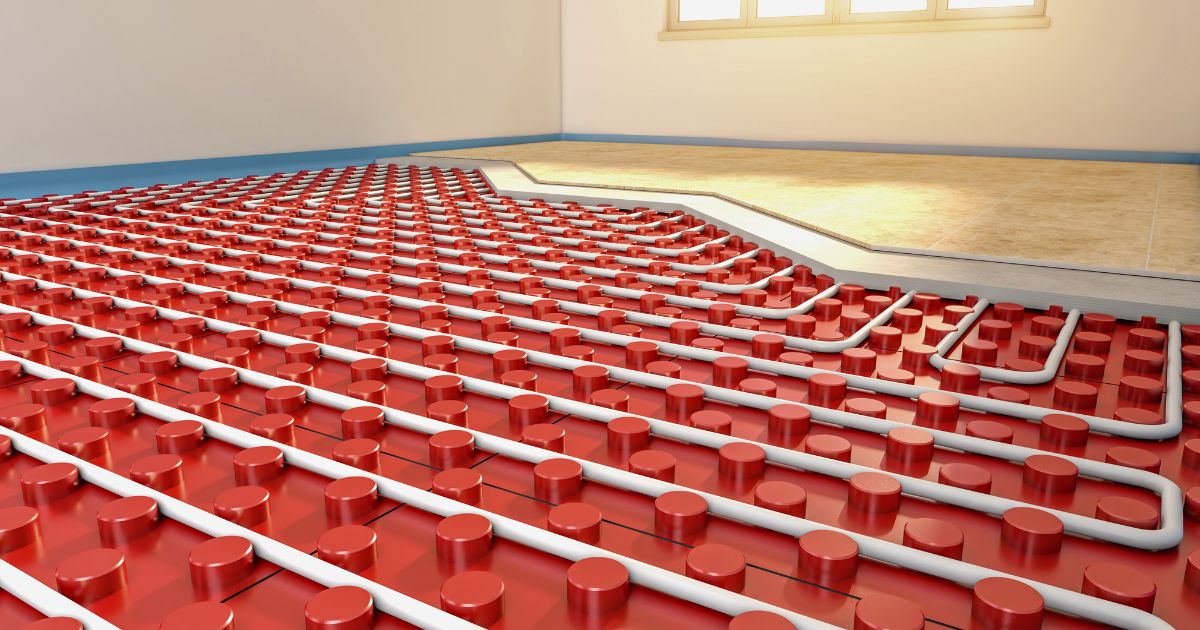
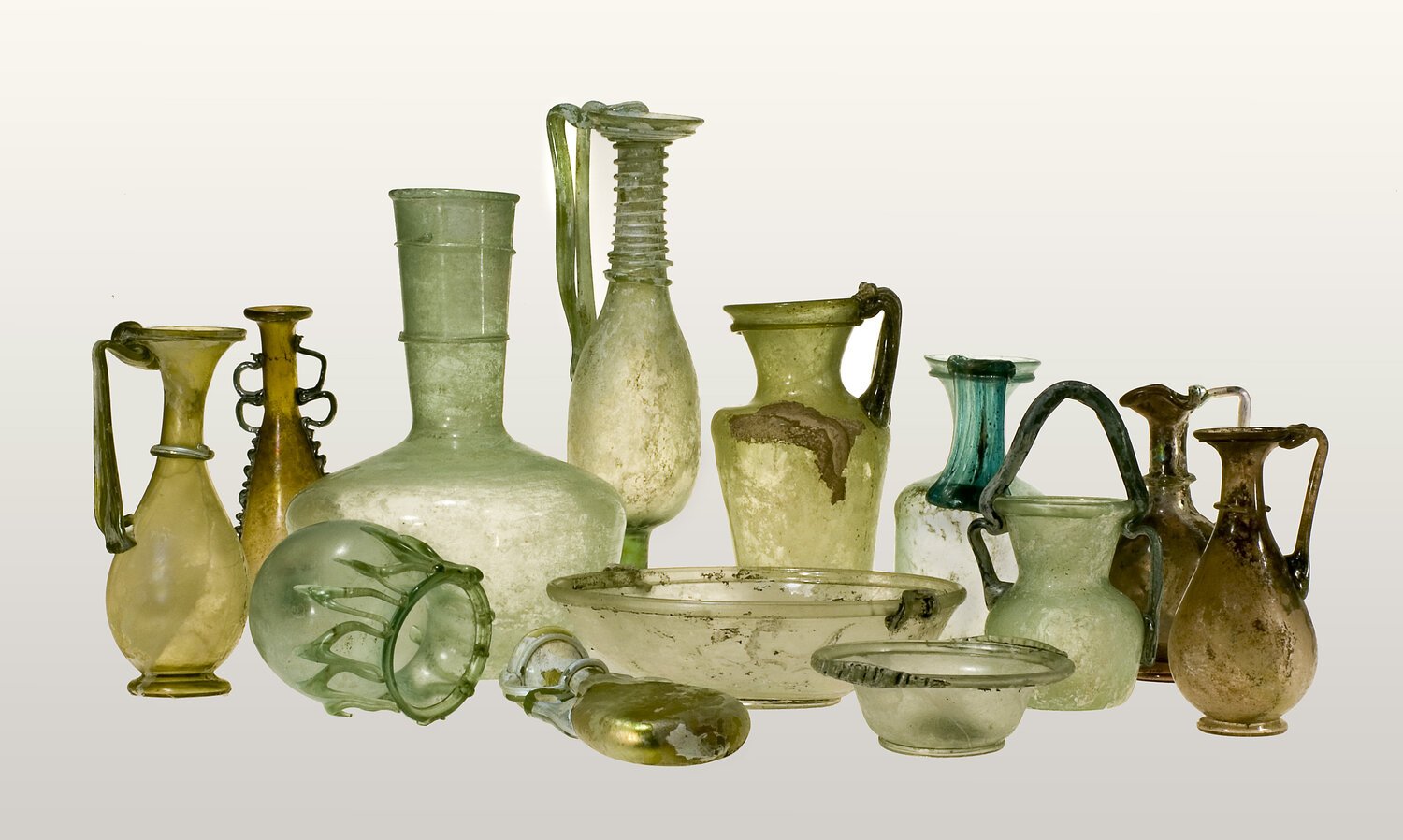
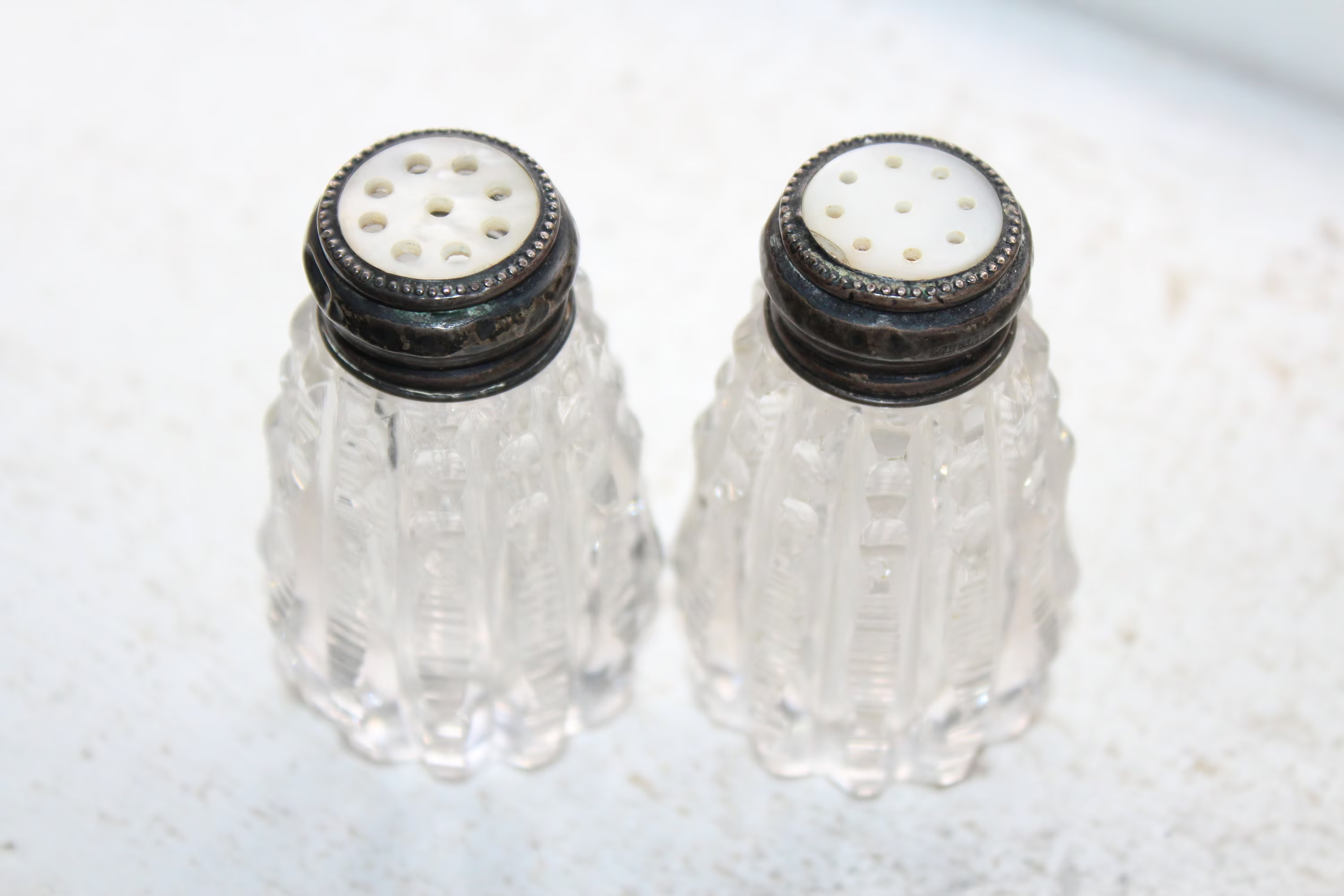
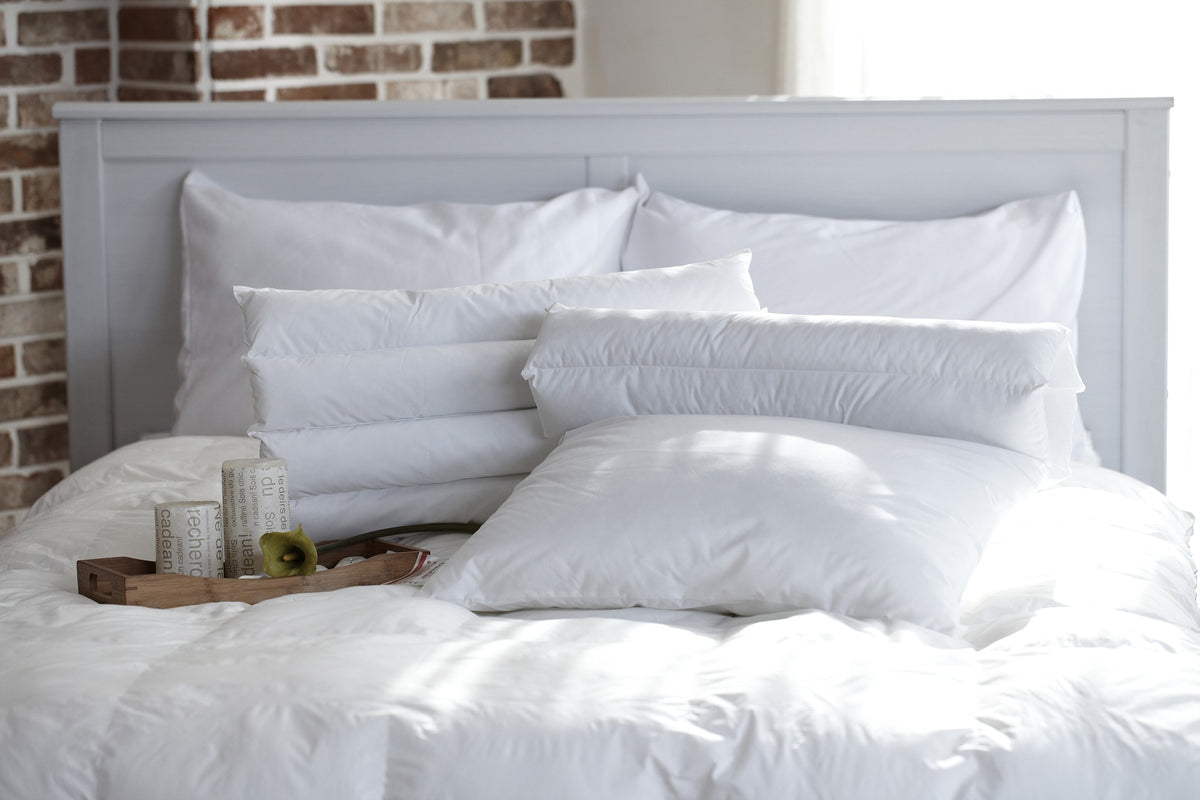

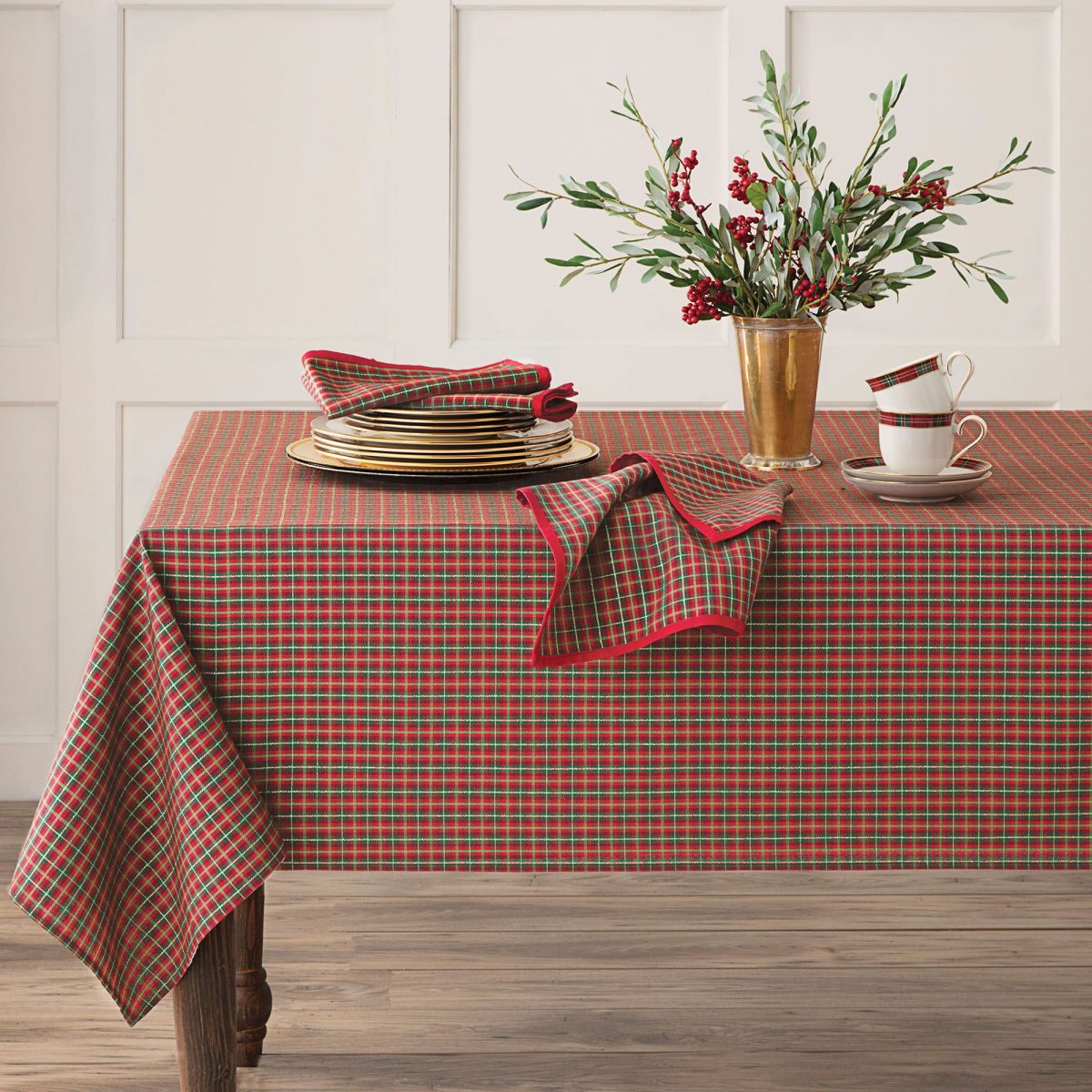


0 thoughts on “When Were Glass Bottles Invented”